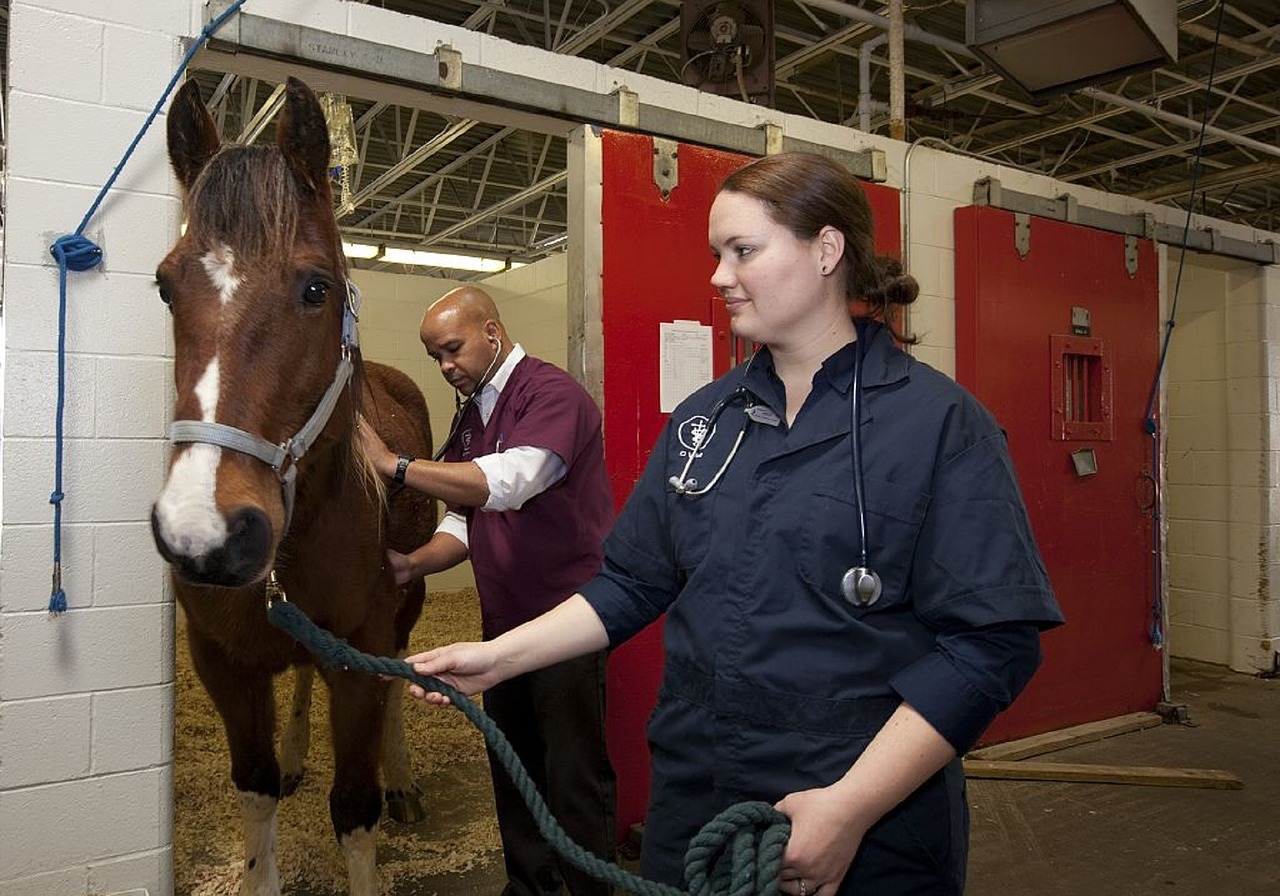Pets can often feel “feverish” to a worried owner simply because an animal’s normal temperature range is above our own (typically between 97.5 to 99.6 degrees F).
Our pets and animals can become too hot (or even too cold) for a variety of reasons. If you are concerned your pet has a fever or is overly chilled, taking their temperature can help put your mind at ease or encourage you to contact your regular veterinarian. But how do you know if your pet’s temperature is normal?
High vs Low Temperatures: Which is Worse
While a pet with a high temperature is typically more worrisome to most owners, a low temperature may also be a cause for alarm. If you are unsure about your pet’s unusual temperature, consult your veterinarian to avoid any long-term issues or complications for your pet.
The medical terms below are used to indicate temperatures outside the normal range:
Hyperthermia (a high temperature outside the normal range) may indicate:
- Fever due to infection or inflammation as part of the immune system’s defense.
- Overexertion.
- Stress; or
- Overheating from exposure to excess heat and/or humidity (absorbing more heat than the body can naturally dissipate or release).
Hypothermia (a low temperature outside the normal range) may indicate:
- Extended exposure to cold and/or wet.
- Shock.
- Pending labor in females.
- The body is losing heat faster than it is absorbing.
Healthy Pets: Normal Temperature Ranges

Dogs: 101 – 102.5 degrees Fahrenheit (or 37.9 – 39.9 degrees Celsius)
Cats: 100 to 102.5 degrees Fahrenheit (or 39.1 – 39.2 degrees Celsius)
Rabbits: 101.5-104.2 degrees Fahrenheit (or 38.6 – 40.1 degrees Celsius)
Horses: 99 – 101.3 degrees Fahrenheit (or 37.2 – 38.3 degrees Celsius)
Livestock: Click here to find the normal temperature range for other animals in the Merck Veterinary Manual.
Sustained temperatures outside the pet’s normal range can lead to issues like heat exhaustion, heatstroke, and even internal damage if not addressed properly and reduced to the normal range. Always know your pet’s normal resting temperature (temperature setpoint) to know if they are having issues.
Taking Your Pet/Animal’s Temperature
Old-fashioned mercury thermometers are no longer considered safe for taking an animal’s temperature as they may snap especially with excited or nervous animals exposing the pet – and you – to potential mercury.
 Digital thermometers are considered safer and more commonly used today. Temperatures are typically taken via the ear or rectally – which is considered more accurate – in cats, dogs, horses and livestock (with a small amount of lubricant on the end of the thermometer). Be warned, depending on your pet or animal, taking their temperature may be a two-person job!
Digital thermometers are considered safer and more commonly used today. Temperatures are typically taken via the ear or rectally – which is considered more accurate – in cats, dogs, horses and livestock (with a small amount of lubricant on the end of the thermometer). Be warned, depending on your pet or animal, taking their temperature may be a two-person job!
Abnormal Temperatures: When to be Concerned
Our pet’s temperatures can fluctuate during the day and it is not always a reason to be concerned. The temperature and humidity outside and your pet’s activity can all affect their temperature. Getting them to rest and drink should help bring their temperature back within the normal range.
The Bottom Line
Like humans, animals may run slightly elevated, short-term temperatures as their body fights off minor infections or fevers. This is normal.
Medications should only be used when necessary to avoid diminishing the effectiveness of your pet’s immune system. If a mild fever or slightly elevated (and unusual) temperature persists for more than a few days, contact your veterinarian for an examination and definitive diagnosis.

If your horse is overheated, spraying him with cool, fresh water can help safely reduce his temperature. Use our Water Wisk to remove all sweat and water too!
Order individual EquiGroomer tools or professional kits for your pet shop, tack shop or barn, by calling 860-573-0604, sending us an email or visiting our website today!
Additional Reading:
Pets.WebMd.com: Fevers in Cats
Equus Magazine: What to do When Your Horse Has a Fever
AKC: Fever in Dogs: Causes, Signs and Treatments
Rabbit Care Tips: Why is My Rabbit Shaking and Laying Down?
PetComments.com: Best Pet Thermometers
Image Credits (In Order of Appearance):
Beverly Lussier from Pixabay
Susanne Jutzeler, suju-foto from Pixabay
Gundula Vogel from Pixabay
Product Image Courtesy of EquiGroomer


